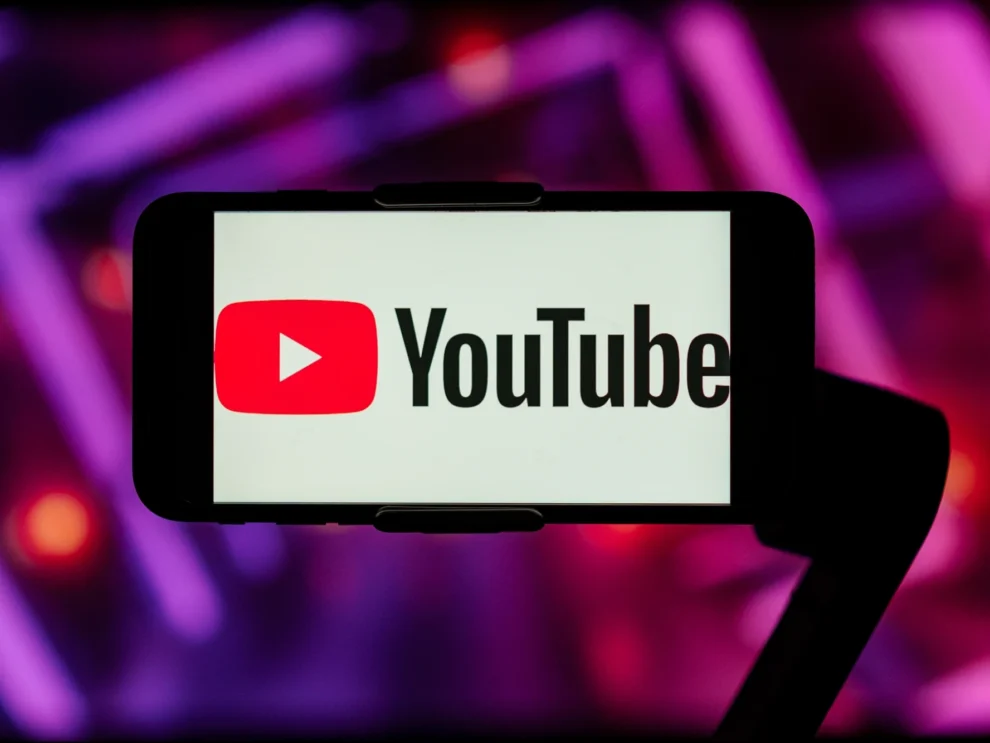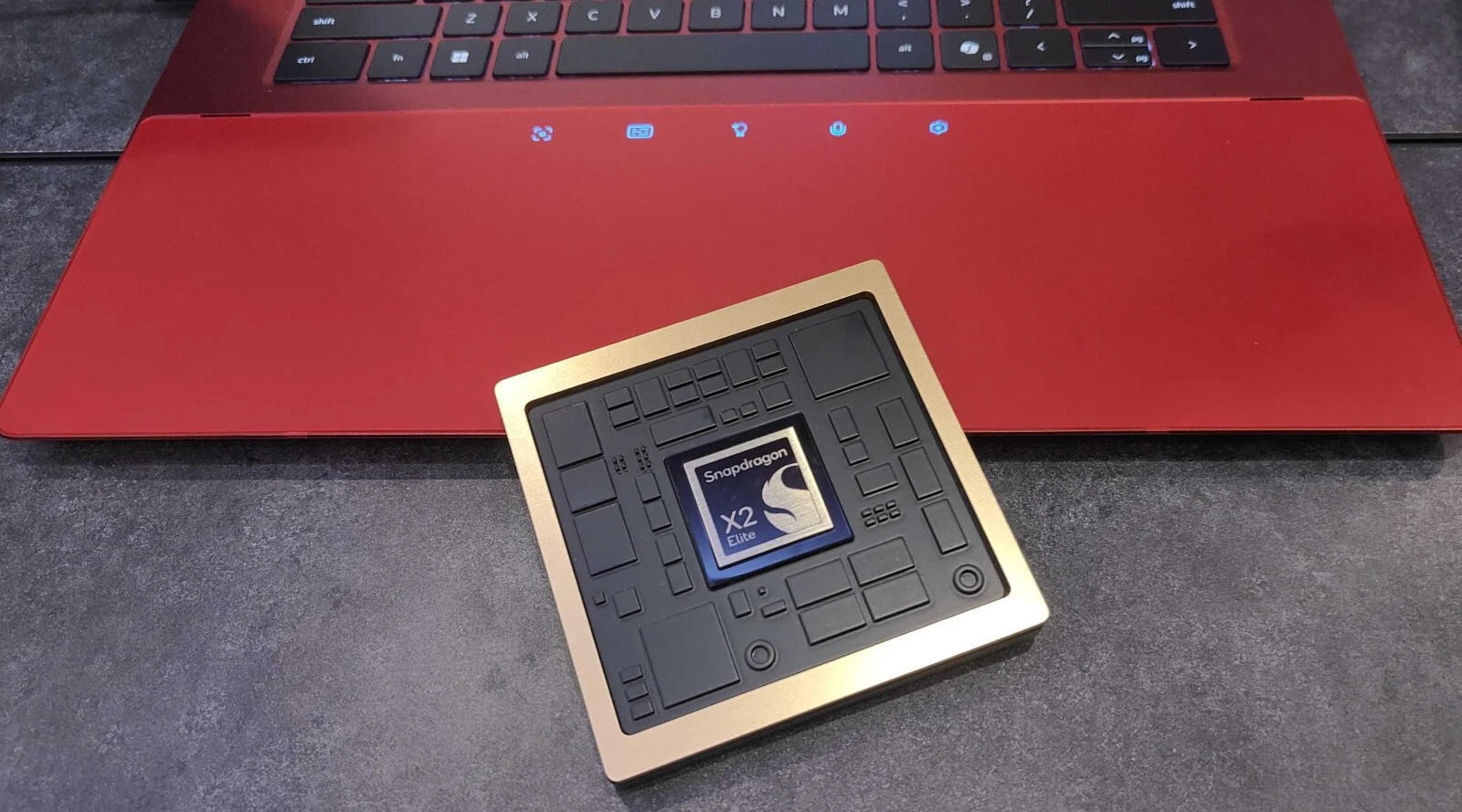YouTube, the world’s largest video platform, hosts billions of videos. Yet, a vast majority languishes unseen, lost in the platform’s digital depths. This “ghost town” of content raises questions about discoverability, creator struggles, and the very nature of online video.
While YouTube boasts over 2.5 billion monthly active users, a significant portion of its content receives minimal to no views. This isn’t just about newly uploaded videos. Many older videos, even from established channels, struggle to gain traction. Independent creators often report uploading videos that receive only a handful of views, despite their best efforts in production and promotion.
The reasons for this digital obscurity are multifaceted. YouTube’s algorithm, designed to prioritize engaging content, can inadvertently bury less popular videos. The algorithm favors videos with high watch times, likes, comments, and shares. New creators, lacking an established audience, find it difficult to compete. Even videos with high production value and informative content may not gain visibility if they don’t meet the algorithm’s criteria.
Furthermore, the sheer volume of content on YouTube contributes to the problem. With millions of hours of video uploaded daily, the competition for viewers’ attention is fierce. Videos on niche topics or those targeting smaller audiences often get lost in the shuffle. The platform’s search function, while powerful, can struggle to surface relevant content amidst the vast sea of videos.
This situation presents challenges for creators. Many invest significant time and resources into creating videos, only to see them disappear into the digital void. This can lead to discouragement and a sense of futility. For some, YouTube is a source of income, and the lack of views can have financial implications.
The issue also raises questions about content diversity. If the algorithm prioritizes certain types of videos, other valuable content may be overlooked. This can lead to a homogenization of content, limiting the range of perspectives and topics available on the platform.
YouTube has taken some steps to address these concerns. The platform offers creator resources and educational materials on how to improve video performance. It also provides analytics tools that allow creators to track their videos’ performance and identify areas for improvement. However, many creators argue that these measures are insufficient.
Some suggest that YouTube needs to refine its algorithm to better surface less popular content. Others advocate for improved search functionality and better tools for audience engagement. There is no easy solution, and the challenge of balancing content discoverability with user engagement remains a complex one.
The “ghost town” of YouTube highlights the challenges of content creation in the digital age. While the platform offers unprecedented opportunities for creators to share their work, it also presents significant hurdles. The vastness of the platform, coupled with the complexities of its algorithm, can make it difficult for videos to find an audience. As YouTube continues to evolve, addressing the issue of content discoverability will be crucial for ensuring a vibrant and diverse video ecosystem. The platform’s future may depend, in part, on its ability to help creators connect with viewers, even in the vast expanse of its digital landscape. The current system often favors established players, making it difficult for newcomers to break through. This creates a challenging environment for smaller creators and limits the diversity of content available.
The issue is not simply about views. It’s about the potential for valuable information, artistic expression, and diverse perspectives to be lost. The digital “ghost town” represents a missed opportunity for creators and viewers alike. It underscores the need for ongoing dialogue between creators and the platform to find solutions that promote discoverability and support a wider range of content.








